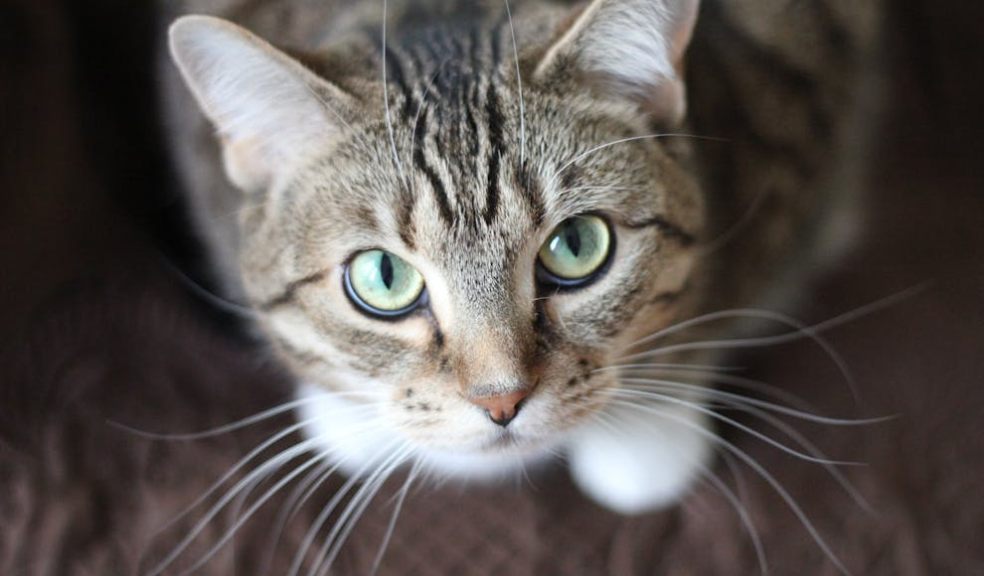
How to Ensure Your Cat is Healthy and Thriving
Health is about more than the absence of illness. It’s about using the body – and mind – to their fullest potential. This goes for pets just as much as it does human beings.
Different pets require a different kind of approach when it comes to wellness. Cats, in particular, benefit from a few specific items, and the right nurturing environment. So, what should owners be focusing on? Let’s assess a few worthwhile things to consider.
Provide a Balanced, Age-Appropriate Diet
Nutrition is fundamental. If your cat isn’t eating and drinking the right things, then every aspect of its life may begin to suffer. This means tailoring the diet to suit the age of the cat, and their specific requirements. Older cats might benefit from a diet rich in protein, to ensure that their muscle mass is kept high.
In most cases, this means a diet rich in fresh meat, complemented by just a few dried foods and supplements. Of course, quantity matters, too – if your cat is overeating, try to restrict their access to food to certain times of day.
Maintain Regular Grooming and Health Checks
Cats often groom themselves. But if you are in the habit of combing through their fur every so often, you’ll get early warning signs when it comes to ticks, fleas, and other parasites. Occasionally, you might also submit the cat to the attention of a professional vet: a health check every six months or so could be far less expensive than a late intervention to address a problem that’s been allowed to fester.
Create an Enriching Environment
Without mental and physical stimulation, cats are at risk of developing behavioural problems. They might scratch the furniture, urinate where they’re not supposed to, or even be aggressive.
Cats that lack access to the outside world are at greater risk of suffering from these problems. If this isn’t possible, then toys, climbing structures, and cat scratching posts can play a vital role can play a vital role. Pay attention to your cat’s preferences. If they respond to a certain toy, the chances are that it’s a toy worth investing in.
If your cat is housebound, these things are particularly helpful. In this situation, you’ll also want to provide them with access to daylight. A conservatory is ideal – but be aware of the heat during the summer.
Understand and Monitor Behavioural Changes
Sometimes, early warning signs can take the form of changes in behaviour. For example, a cat suffering from osteoarthritis might stop jumping up onto the sofa as they once did, or resist being stroked. Changes in eating habits and litter box usage might also provide cause for concern. If you’re in doubt, it’s best to get the animal looked at.

















